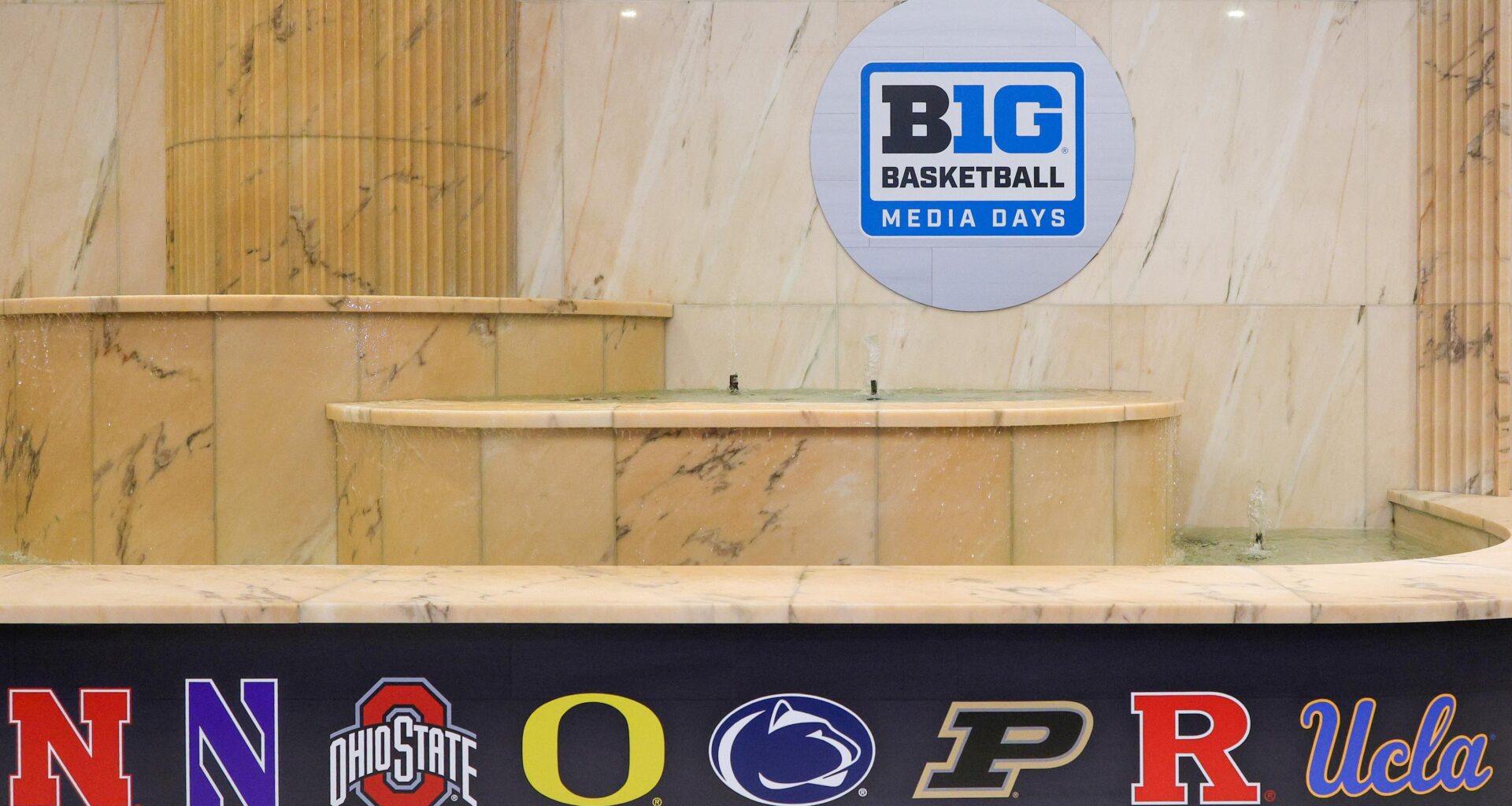Big Ten commissioner Tony Petitti said at the league’s basketball media day in Rosemont, Illinois on Thursday that conference coaches and athletic directors have “been supportive” of an expanded NCAA tournament field in order to grant more “access” to the Big Dance, per Kevin Sweeney of Sports Illustrated.
“I think part of the motivation for the NCAA is a recognition with these larger conferences, you’re going to force teams to closer to .500 records in their conferences,” Petitti said. “What access do they have? I think overall, with the system we have now with large conferences, more access is better.”
On3’s Ross Dellenger reported last Wednesday that a tournament expansion to 76 teams for the 2026-27 season is “becoming closer to reality.”
In essence, the opening round, which currently consists of eight teams playing in the “First Four” for the right to make the Round of 64, would expand to 24 teams. It would consist of 12 automatic qualifiers and the 12 lowest-seeded at-large teams. Twelve games would take place over two sites during a two-day period, with the winners going onto the Round of 64.
However, Petitti and the Big Ten are in favor of “straight seeding.” In essence, the tournament-qualifying teams would be ranked from first to last, and the 24 lowest-seeded teams would play in the opening round.
“We’re biased, [but] we think our teams will be seeded higher as the field goes in,” Petitti said.
This doesn’t appear to be close to happening, as Petitti noted that idea “might impact the value to what’s happening for a broadcast partner.”
Of course, that idea would also be an absolute killer for the Cinderella story, which is what makes the tournament so great. The underdog triumph of a smaller school is a highly valued part of March Madness ever year. In the straight seeding format, the vast majority (or all) of the bottom 24 schools might be automatic qualifiers from small- or mid-major conferences.
From that aspect, it’s a very tough sell to the fan who would rather see a small school getting a chance in the Dance versus a Power 4 school that finished below .500 in conference and didn’t make a dent in its league tournament.
While straight seeding may not happen, it appears likely that expansion, which feels like it’s been a talking point on-and-off for quite some time, is around the corner sooner rather than later. As for next year, though, the tournament will stay in its usual 68-team format.
